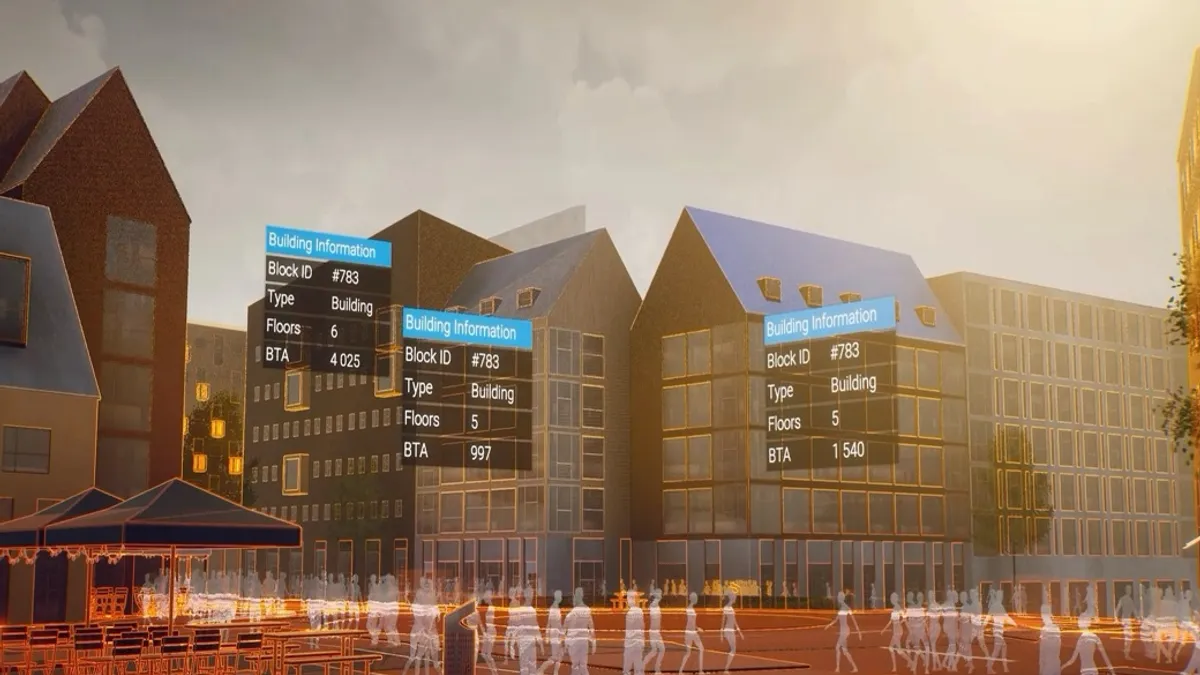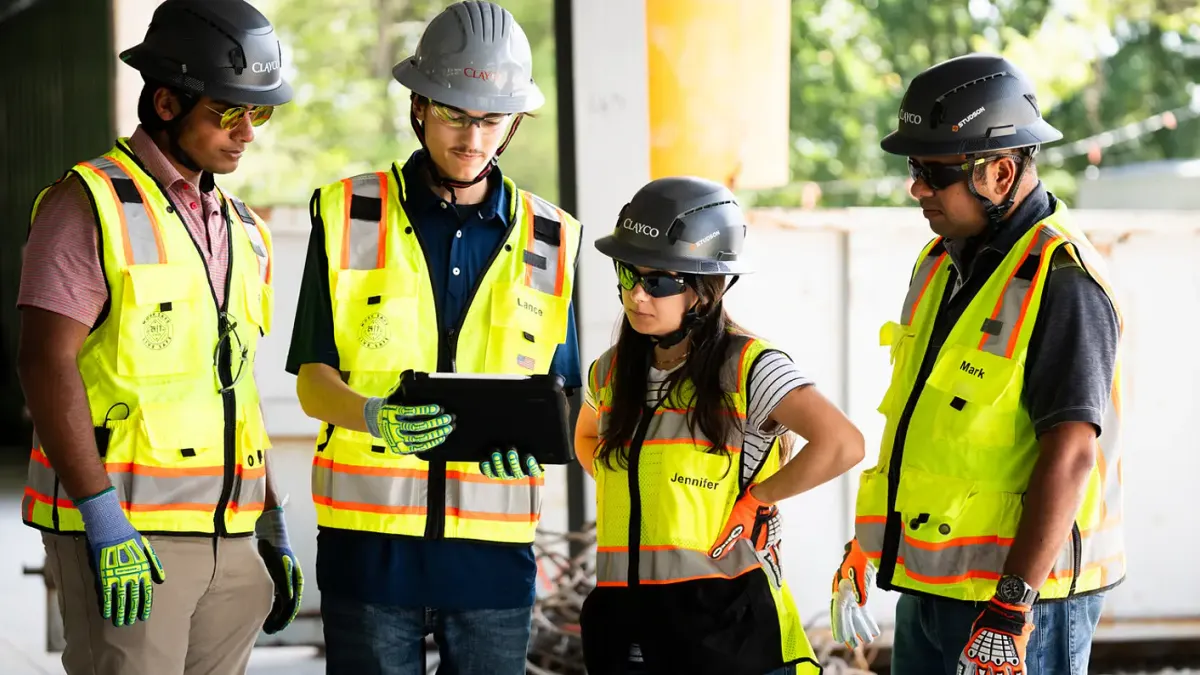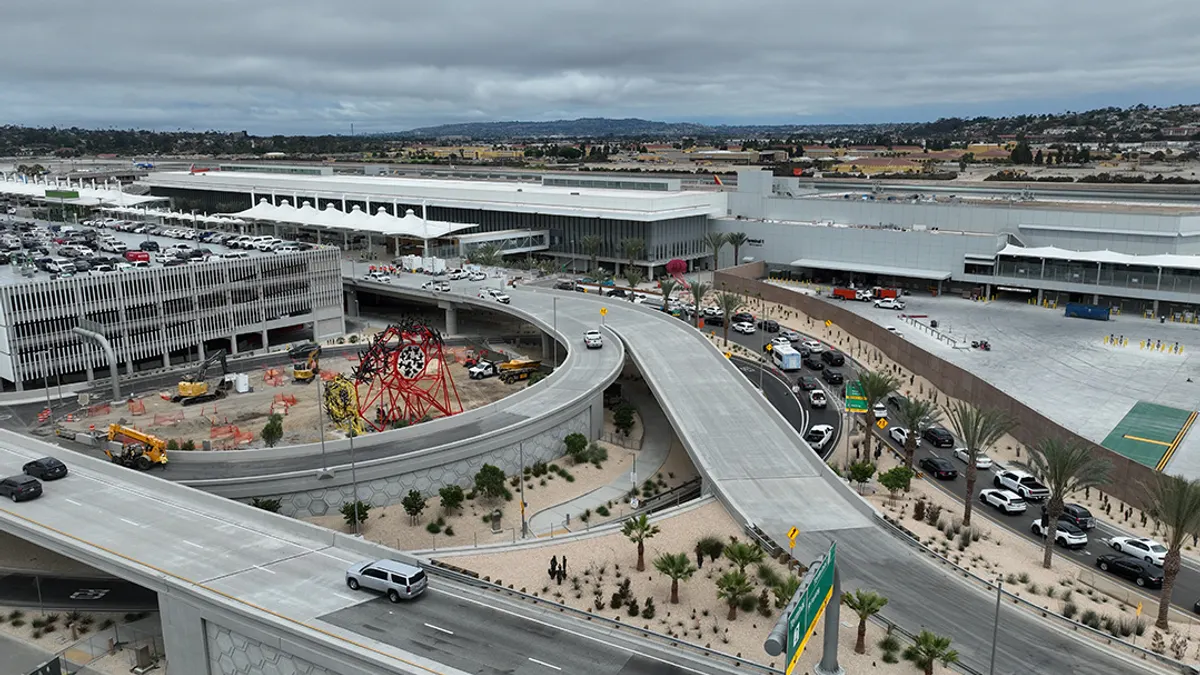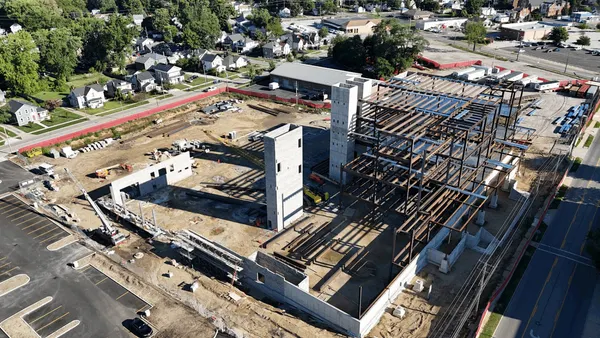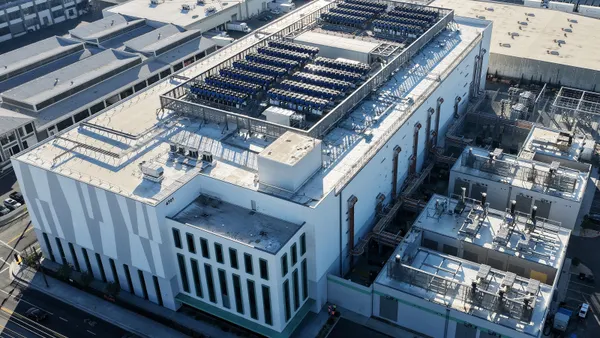The past decade has witnessed significant advancements in technology that have transformed the field of architecture, engineering and construction (AEC). Inexpensive sensors, image capture, always-on wireless connections, advanced 3D visualization, Geographic Information System (GIS) technology and Building Information Modeling (BIM) have revolutionized the way AEC professionals work and make decisions.
This integration of technology has given birth to a smart infrastructure, creating an intelligent nervous system for our infrastructure. It has not only changed how professionals in the AEC industry operate but also enhanced their ability to define infrastructure needs with precision and efficiency. The result is the development of a new generation of infrastructure that operates more effectively and sustainably.
The building blocks of smart infrastructure are as follows:
Sensors: The widespread use of cheap sensors and Internet of Things (IoT) devices has been instrumental in the growth of smart infrastructure. These devices collect real-time data on various parameters such as structural conditions, temperature, humidity, air quality and traffic movement. The availability and scalability of these sensors have enabled unparalleled infrastructure monitoring during both the construction and operational phases.
Image capture: Affordable high-quality cameras, combined with drones, fixed-wing airplanes and satellites, have revolutionized smart infrastructure. These cameras not only record video but also have the capability to recognize and track objects. They play a crucial role in monitoring workers' safety during construction and help detect accidents and improve safety in smart construction sites, smart buildings and smart cities. Imagery combined with sensors and models provides a comprehensive understanding of the environment, leading to better decision-making and problem-solving.
Wireless communication: The advent of always-on wireless internet, driven by 4G and 5G technology, has been a driving force behind the smart infrastructure revolution. These wireless networks facilitate real-time data transmission from sensors, IoT devices and cameras to GIS-based location-intelligent central control systems. This constant connectivity has enabled data-driven decision-making and automation within projects and across infrastructure sectors.
Advanced 2D and 3D: The development of advanced parametric functions in 2D and 3D design and modeling tools has accelerated the progress of smart infrastructure. These software tools efficiently create detailed infrastructure representations, allowing stakeholders to evaluate project viability and identify potential issues before construction. The integration of IoT and sensor data into these models enables real-time monitoring, predictive maintenance and infrastructure optimization simulations.
BIM—models, modeling and management: Building Information Modeling (BIM) combines geometric data and design properties to create 3D models of buildings, roadways, utilities and other infrastructure projects. It provides stakeholders with a geometrically accurate framework for collaboration and integration of IoT devices and sensors. The rich data in BIM models enables detailed monitoring, predictive maintenance and the creation of safer, more sustainable and resilient infrastructure. When combined with GIS, it becomes a location-aware, context-sensitive, real-time dashboard of the built and natural world.
Reality capture and mapping: Reality capture technologies, such as laser scanning and photogrammetry, have transformed infrastructure data collection by ensuring unmatched accuracy. These technologies, when integrated with GIS, provide precise data for construction, remodeling and facility management workflows. The close match between location-correct representations and the actual environment improves decision-making and operations throughout the facility's life cycle.
GIS and location intelligence: GIS acts as the aggregator of systems, data and the view into smart infrastructure projects. It helps project teams choose and evaluate sites based on geography, resources, and environmental factors. GIS also aids in visualizing the landscape and planning structure placement to blend the built environment with nature. By integrating IoT sensors, 2D drawings, 3D models and construction machinery data, real-time geospatial analysis can be performed on construction sites, optimizing operations for efficiency, safety and resource management. GIS technology plays a crucial role in real-time construction monitoring, enabling project managers to identify and rectify plan discrepancies, streamline decision-making, and save time and resources. When combined with BIM and reality capture, GIS helps create a digital twin of infrastructure for effective facility management, cutting operational costs, improving sustainability and demonstrating the importance of GIS technology in smart infrastructure.
The integration of sensors, image capture, wireless communication, advanced design tools, BIM, reality capture and GIS has revolutionized the AEC industry. These technologies have empowered professionals to make informed decisions, optimize construction processes, improve safety and create a more efficient and effective built world.
Impact of smart infrastructure
Smart infrastructure, built on a foundation on BIM, IoT sensors, imagery and GIS, has changed many parts of our lives, including the following:

